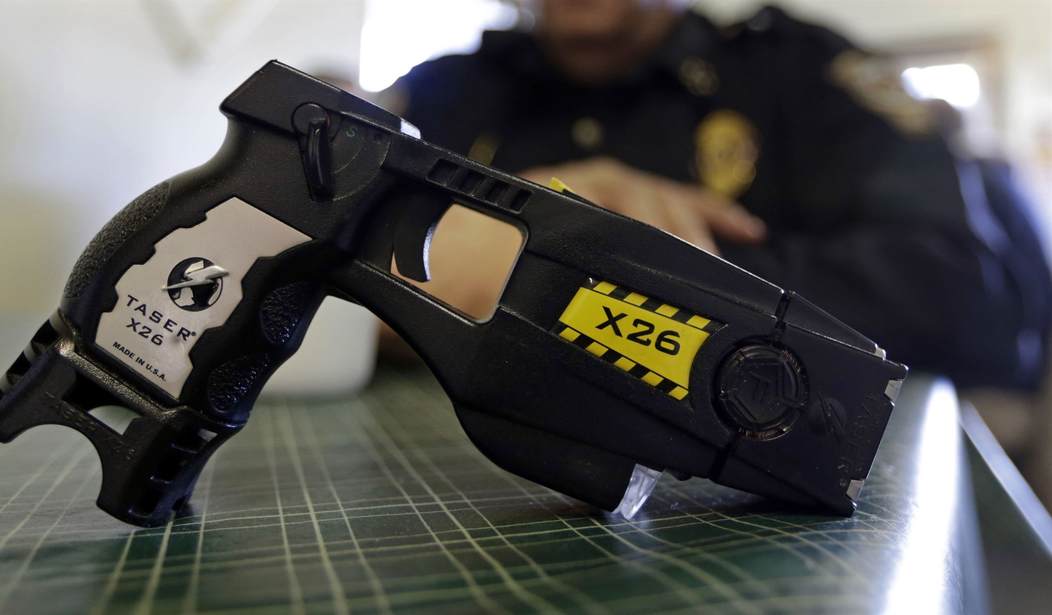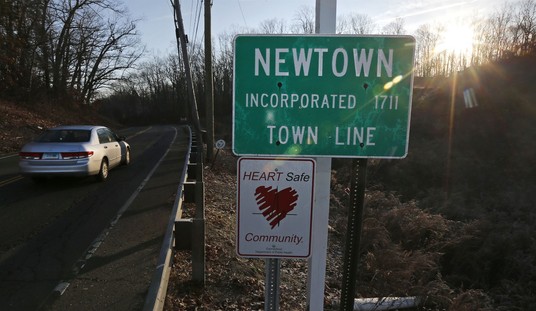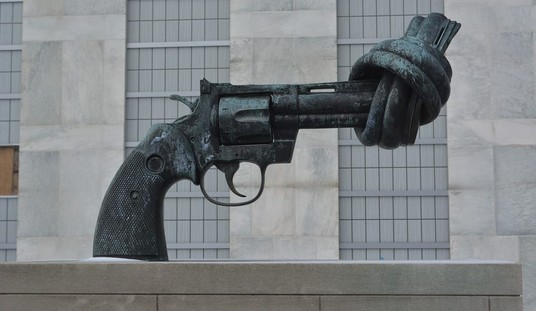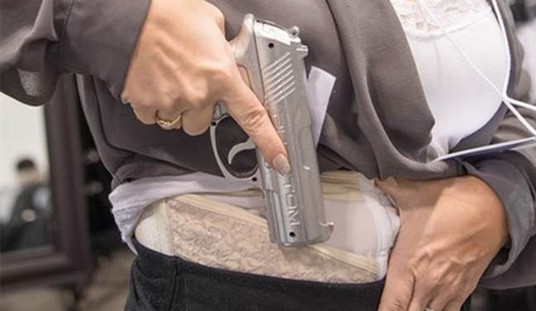Canada may look and feel a bit like the United States in many ways, but it’s still a very different country. Cultural similarities are generally only superficial, and that’s often where the similarities begin and end. When it comes to things like gun rights, for example, we have different views. I mean, we acknowledge that gun rights are a thing and they don’t.
Yet the Canadian media is currently doing something our media isn’t.
Our news is filled with stories and op-eds criticizing the police for using lethal force, even when it’s clearly justified, as people who know nothing about the use of force demand that police use less-lethal options instead. Meanwhile, the Canadian media is asking about what happens when those don’t work.
In the hands of police, stun guns like Tasers are designed to save lives, but when the weapons don’t incapacitate someone there can be fatal consequences — from officers using lethal force to a person continuing to harm themselves.
In New Brunswick and in Nova Scotia, at least two people have died in recent years after the weapons didn’t immobilize them.
Nova Scotia RCMP say stun guns are effective 87 per cent of the time at making a person comply with police orders, including instances when the weapon is simply drawn and not fired. Last year, its officers in the province drew their stun guns 59 times, firing them in 17 cases.
But the success rate isn’t high enough for Temitope Oriola, a criminology professor who studied stun guns at the University of Alberta in Edmonton. He said he doesn’t know of anyone tracking how often stun gun failures lead to police using deadly force.
“Some fields cannot afford any real margin of error,” said Oriola. “Within a field such as policing you’ve got to get it right practically all of the time, and this is where those tensions arise. This tool still needs further refinement.”
There are a number of reasons why a taser may not work, but when they don’t, bad things can happen.
At least part of the reason for that is an officer who deploys a Taser cannot also have a firearm at the ready. Both require two hands to use as effectively as possible. That means an officer who fires his Taser and it fails to stop the attack must then transition to his firearm in a stressful situation.
That might take too much time.
Even a quick transition may give an offender just enough time to move in such a way as to make it impossible for an officer to end the threat. He may be able to take a hostage. He may be able to do far worse.
Look, Tasers are great tools and there are a lot of times when officers should use them. They’re an option, and a good one, but for those lashing out at police for using lethal force, they need to understand that they’re not an automatic stop. Nothing is. Even a firearm isn’t.
The difference, though, is that a Taser is a single shot. Once that’s done, the gun itself is a very expensive paperweight until it can be reloaded. While it’s not quite as bad as a flintlock pistol from the days of yore, it’s bad enough.
With a firearm, though, you don’t have to worry if your first shot doesn’t end the threat because you can keep shooting until it does. Even if all it does is convince the bad guy that he really doesn’t want to continue. That’s still a win.
Not every instance requires lethal force, sure, but let’s stop pretending that a Taser is the answer to all the anti-lethal force prayers.
Lethal force exists because sometimes, there’s really no other option.








Join the conversation as a VIP Member